It might come as a surprise, given their reputation as fierce fighters, but only three US Navy SEALs received the Medal of Honor for their actions during the Vietnam War. Remarkably, one was awarded the decoration after saving another recipient, showing just how tight-knit this elite group is. In the case of Lt. Thomas Norris, his gallantry took him deep into North Vietnamese-held territory.
Thomas Norris’ early life
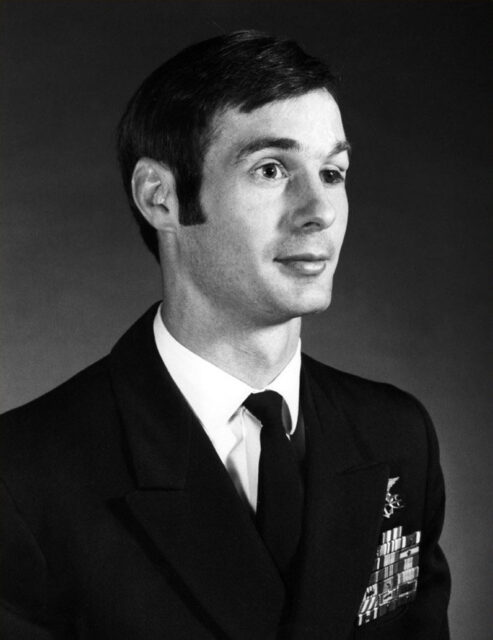
Thomas Norris was born on January 14, 1944, in Jacksonville, Florida, just as the US Navy was slowly but surely pushing its way to total victory in the Pacific Theater. While born in the South, he spent his childhood growing up in Wisconsin and Washington, DC, due to his father’s service with the US Navy, and spent much of his time with the Boy Scouts of America, reaching the rank of Eagle Scout.
Following his graduation from Montgomery Blair High School, Norris attended the University of Maryland, with the intent of later joining the Federal Bureau of Investigation (FBI). To accomplish this, he earned a Bachelor of Science in sociology, with a specialty in criminology.
Becoming a US Navy SEAL
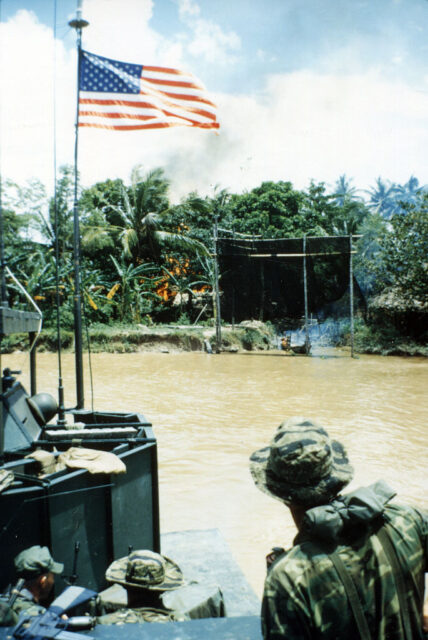
Following his graduation, Thomas Norris found his student deferment from the Vietnam draft wasn’t extended. He subsequently enlisted in the US Navy, with the hope of flying jets. Unfortunately, problems with his vision meant he wasn’t able to successfully meet the entry requirements.
That’s when Norris decided to try his hand at becoming a SEAL. While he struggled throughout BUD/S training and was almost a washout, he graduated with Class 45 in July 1969. Not long after, he was deployed to South Vietnam with SEAL Team 2, receiving the Bronze Star with combat “V” device for his actions in combat.
Iceal Hambleton finds himself behind enemy lines
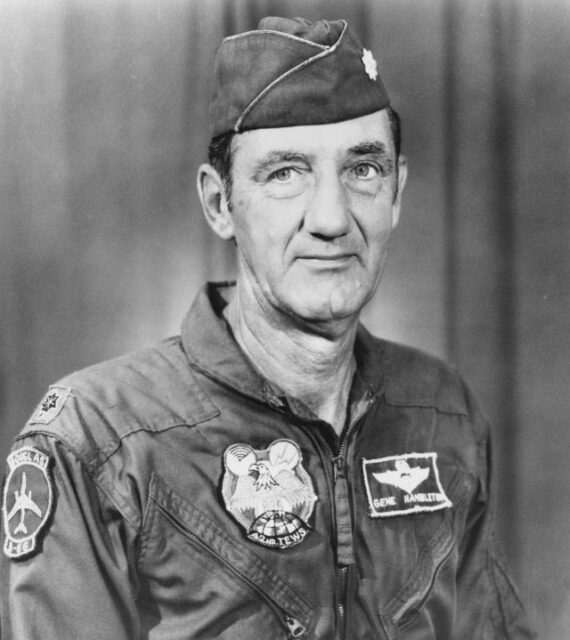
On April 2, 1972, in the midst of the Easter Offensive, two American airmen – Lt. Col. Robert Singletray and Iceal Hambleton, call sign “Bat 21 Bravo” – were aboard Douglas EB-66 Destroyers tasked with escorting three Boeing B-52 Stratofortresses. Singletray was the pilot of one of the EB-66s, while Hambleton was the navigator aboard another.
The aircraft with Hambleton aboard was struck by North Vietnamese surface-to-air (SAM) missiles, with the lieutenant colonel being the only survivor. As an intelligence officer with vital knowledge of operations, the US Air Force needed to get him back to safety as soon as possible.
The first attempt to rescue Hambleton saw 1st Lt. Mark Clark shot down and also in need of rescue. Additional rescue operations were ordered, but all failed, due to the strength of the enemy forces; the North Vietnamese inflicted more than a dozen casualties and took out six more American aircraft.
Rescuing Mark Clark
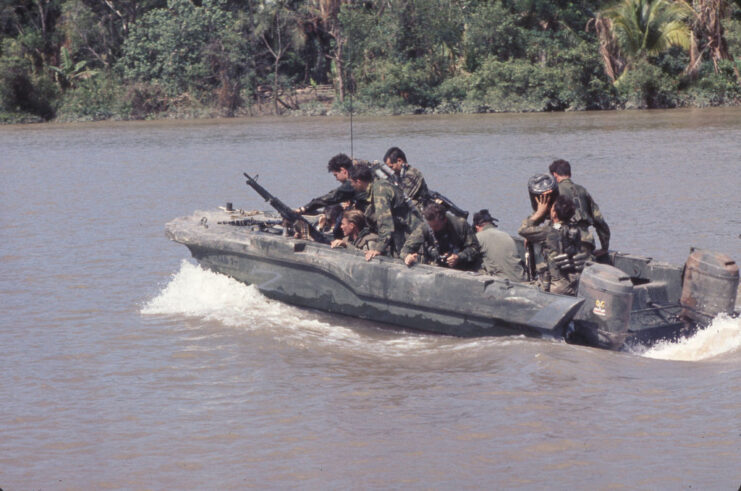
The task ultimately fell to Thomas Norris. He wouldn’t go alone, however – he took it upon himself to handpick five members of the South Vietnemese Sea Commandos.
On the night of April 10, the group paddled a sampan over a mile up the Cam Lộ River, in the middle of North Vietnamese territory. They somehow evaded capture, despite being nearly spotted by enemy fighters on multiple occasions, and located a weakened and weary Mark Clark. By this time, the night had since turned to day.
They then made their way back to their forward operating base (FOB), where Clark received medical attention. The site came under intense fire later that day, delaying Norris’ rescue of Iceal Hambleton.
Thomas Norris rescues Iceal Hambleton

It took multiple attempts for Thomas Norris and his South Vietnamese comrades to locate Iceal Hambleton. They were finally able to do so on the night of April 13, 1972.
Disguised as fishermen and manning a sampan, Norris and just one South Vietnamese soldier, Petty Officer Third Class Nguyễn Văn Kiệt, traveled through the night to locate the now-weary and confused Iceal Hambleton. On their way back down the river, the trio came under heavy enemy fire, with Norris calling in airstrikes for support. The firefight continued well into the morning, with Hambleton tucked away under bamboo.
Eventually, the group made it back to base, thanks to the aid of other South Vietnamese soldiers. Norris become the recipient of the prestigious Medal of Honor, a decoration he initially rejected. Nguyễn was awarded the Navy Cross, becoming the only South Vietnamese naval member to receive the honor during the Vietnam War.
Thomas Norris was rescued by a fellow Medal of Honor recipient

In October 1972, Thomas Norris, once again, found himself behind enemy lines, this time with fellow US Navy SEAL Michael Thornton and three South Vietnamese special forces members on an intelligence gathering mission south of the Demilitarized Zone (DMZ).
Overwhelmed by hundreds of North Vietnamese soldiers, Norris suffered a gunshot wound to the head. While it was initially believed he’d died as a result of his injuries, Thornton wasn’t about to leave a comrade behind, running through heavy fire to discover that Norris was just barely alive.
At great risk to his own life, Thornton brought Norris to safety, later recieving the Medal of Honor for his bravery. As a result of his injuries, the latter lost his left eye. He also required several surgeries over the course of a number of years.
Thomas Norris later joined the FBI

Following his service with the US Navy, which ended in May 1975 as a result of a medical discharge, Thomas Norris joined the FBI as a special agent. He was a member for 20 years, becoming one of the original members of its Hostage Rescue Team. He later went on to join the Society of Former Special Agents of the Federal Bureau of Investigation.
In recent years, Norris has taken part in a number of US Navy and Medal of Honor events. He once told the Department of Defense:
“I’m just a custodian of this medal. I wear it for the members of my teams and the people that served as valiantly and will never have the chance to wear an award like that. There are those out there who deserved it but were never recognized, and the folks that gave their lives for the missions they were sent on who will never be back again. It’s an honor for me to wear it, but I don’t consider it mine.”
Bat*21 (1988)
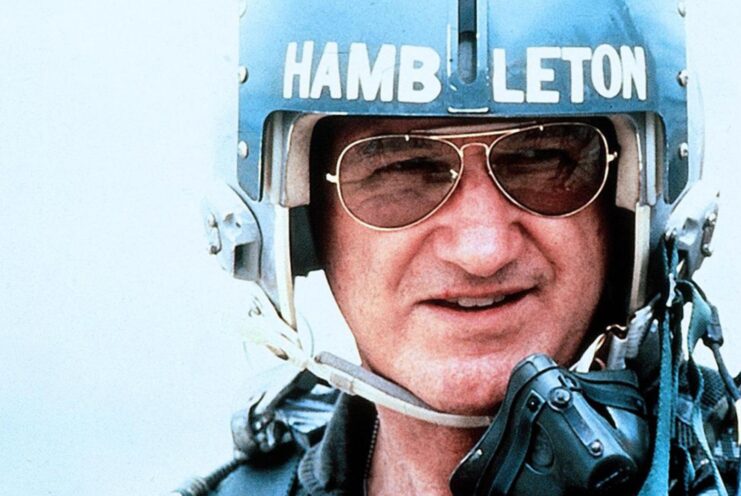
The downing of Iceal Hambleton’s aircraft and his subsequent rescue served as the basis for the 1988 film, Bat*21, starring Gene Hackman and Danny Glover. Set during the final days of the Vietnam War, it’s a highly-dramatized retelling of the rescue, and it features characters based on both real-life and fictional individuals.
More from us: Desmond Doss Was the Only Conscientious Objector to Recieve the Medal of Honor in World War II
Bat*21 earned $3.1 million at the box office, and has since been called one of the best Vietnam War features. It holds a critic rating of 82% on Rotten Tomatoes, with The New York Times saying it “has a solid, simple story, an effective cast and a fair amount of grit.”
